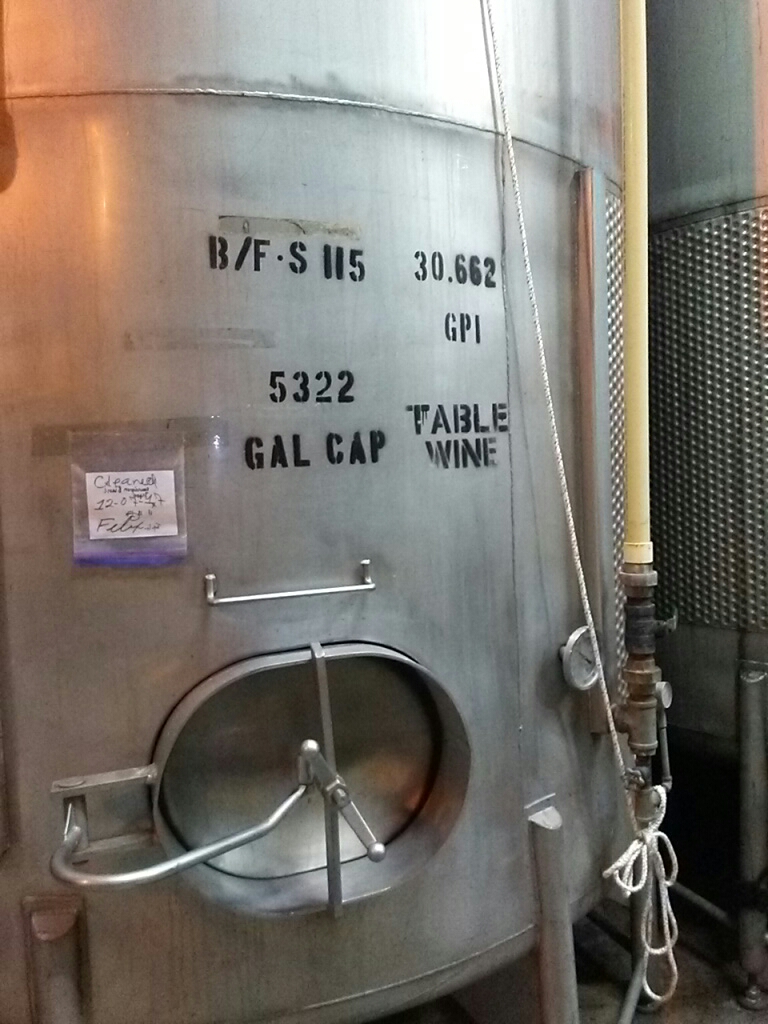OK.. SO2 info: Cider is low enough alcohol (EtOH) and unusual higher pH that are just ripe for film yeast and other spoilage, so SO2 is critical to keep it in good shape. It is so much so, the head winemaker has me check pH and SO2 levels in ciders every 30 days, where wines are checked every 90 days.
We don't oxygenate at all. Also SO2 does not add any oxygen, in fact it basically subtracts it. SO2 is an preservative and anti-oxidant. Meaning it prevents things from browning, and can reduce the O2 in juices before fermentation.
Get the pH down to under 3.5, as you adjust your acid up a bit toward at least .600 TA. (total acids) BTW, when you titrate cider, and cherry juices and wines you use a different factor. For grape wines, 10 ml is added to a beaker, and titrated with 0.1N Sodium Hydroxide solution and the result is multiplied by 0.0750 to get the acid. EG: Riesling juice is titrated and the result of NaOH used (0.1N) to achieve a pH of 8.15- 8.25 on a meter is recorded. That number, let's say 11.0 ml is multiplied by 0.075 and you get an acid of 0.825 as TA. Had it been apple juice instead that figure of 11.0 ml is multiplied by 0.067 for "Malic" acid and the result would be 0.737. Cherries, apples and pears are measured as Malic, their primary acid.
Ciders are not beer, so the same idea of aeration don't apply. When apples (or pears) are chopped up and crushed, they are pressed very had to extract the juice from pulp. Juice drips out of the press and thereby the oxygen is getting into the juice in abundance. Hence, your only recourse is to sulfite the juice to kill off various wild yeasts, and subdue some bacteria. Even at that we have had spontaneous fermentation when the temps get to 65 deg+ before we have added yeast. Our cultured wine yeast we use, DV-10 (can by online many places) responds very well to the yeast nutrients. Grapes can have a lot of YAN and FAN, but ciders not as much. If we smell a "rotten egg" odor at the onset of fermentation, we have added 1.5 lbs additions of D.A.P. to alleviate the lack of nitrogen that causes such problems. This also ensures a fairly rapid and clean fermentation.
Rack off the gross lees fairly soon after fermentation. Keeps yeast from digesting older dead yeasts for food and causing off flavors and smells. That bottom mass is also a wonderful storehouse of goodies for MaloLactic bacteria, WHICH you do not want to be growing in your apple cider, or you'll loose that Malic that you went to the trouble of adding.














































![Craft A Brew - Safale S-04 Dry Yeast - Fermentis - English Ale Dry Yeast - For English and American Ales and Hard Apple Ciders - Ingredients for Home Brewing - Beer Making Supplies - [1 Pack]](https://m.media-amazon.com/images/I/41fVGNh6JfL._SL500_.jpg)














